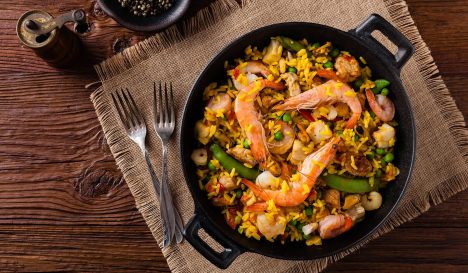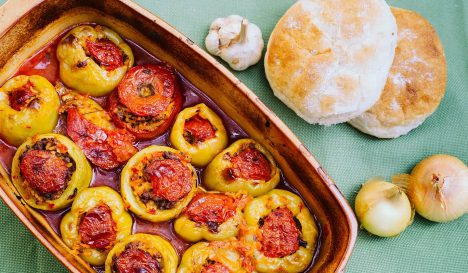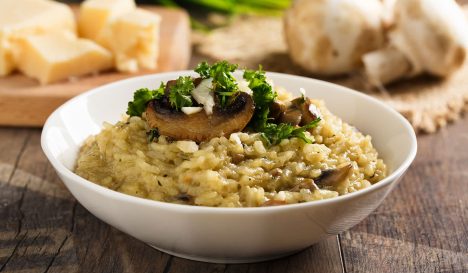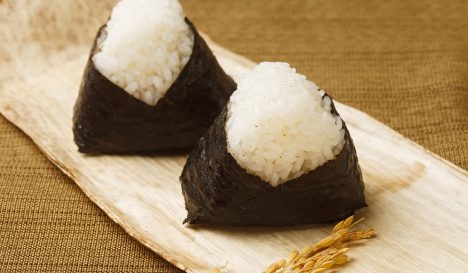Pilau
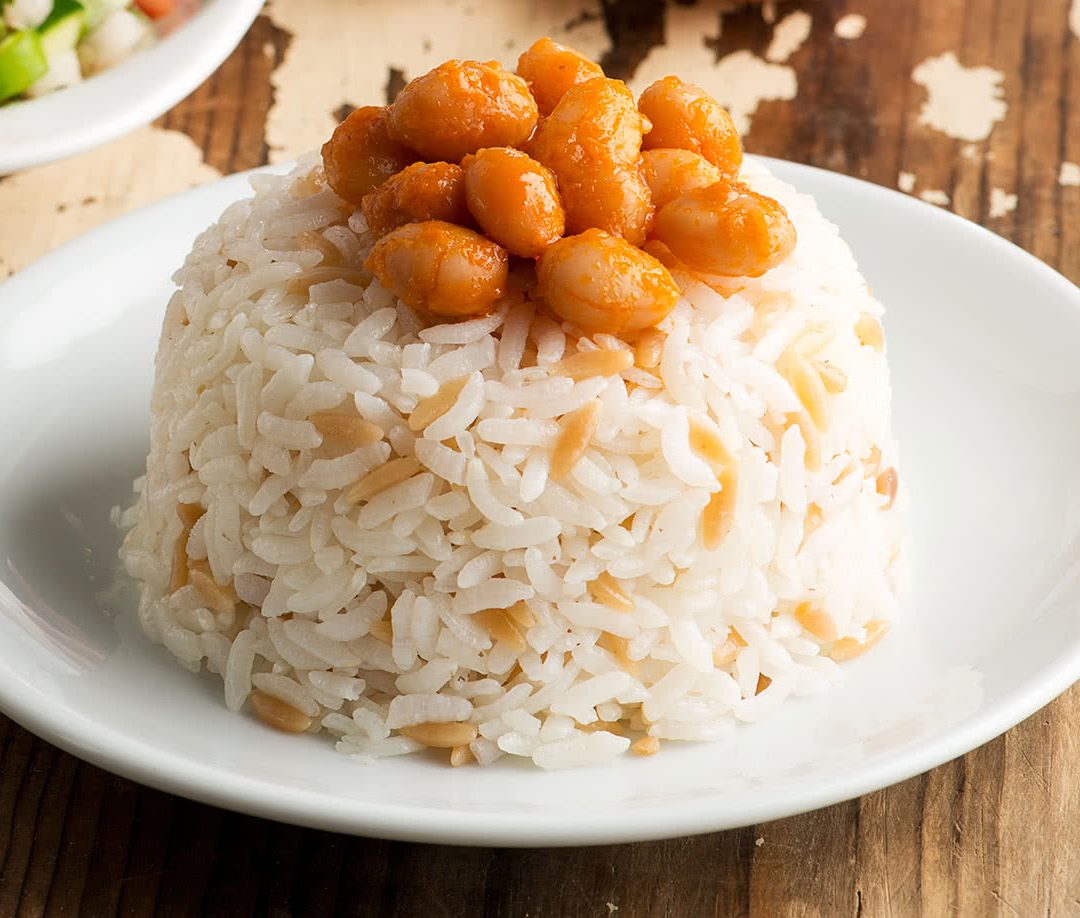
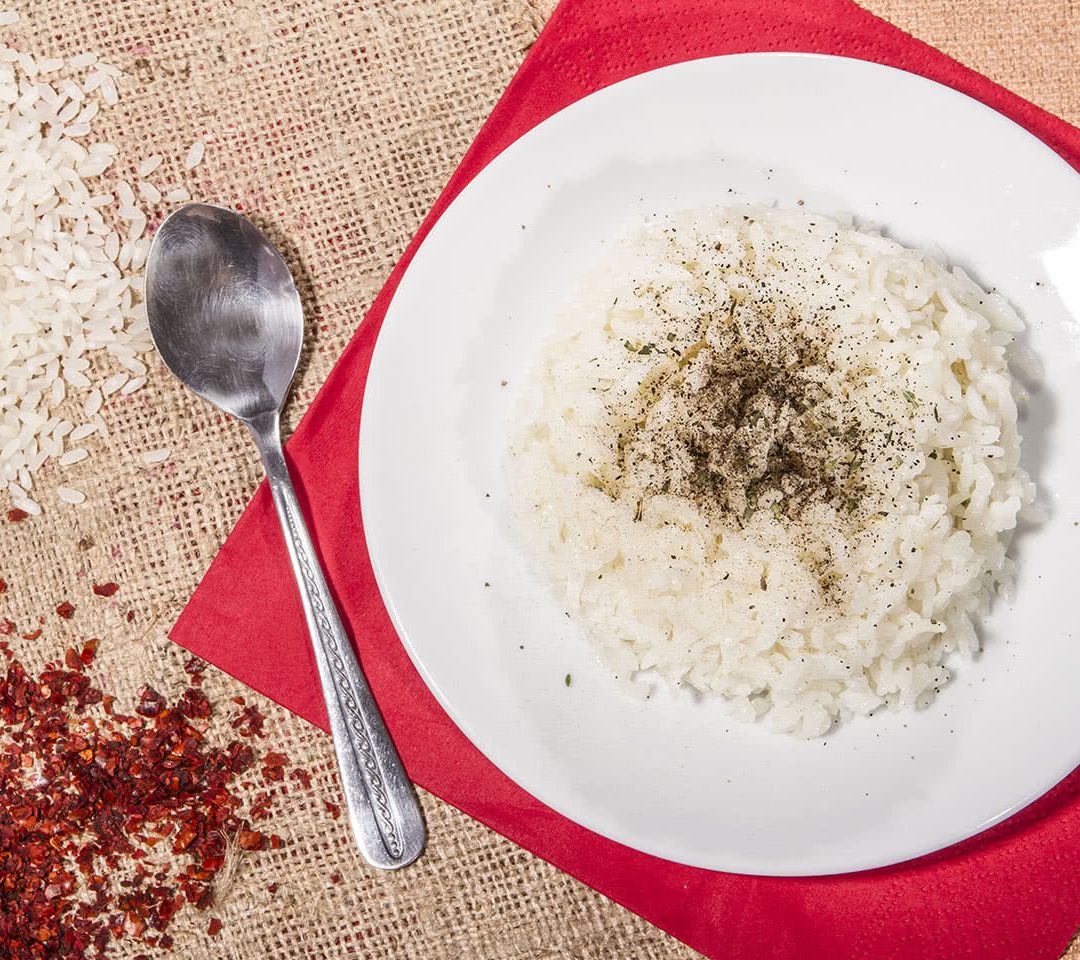
Pilau
-
Kitchen Turkish cuisine
-
Basis Rice
-
Dish type Side dish
-
For who Fans of classics
What is pilau rice?
Pilau (pronounced “pih-LAU”) means “rice” and refers first and foremost to the way people in the Middle East prefer to prepare rice: fluffy and with a loose grain. In addition, pilau is also the name of an ancient rice dish that exists in infinite variations, made with those loose cooked rice grains.
Simple pilau, buttery in taste and dry in grain, is served in Turkish restaurants as a side dish with just about everything. Add a bowl of yogurt, and the average Turk is satisfied. But this is just the start of the pilau phenomenon. Many versions have a special ingredient in addition to rice, such as domatesli pilavi (tomato pilau), mantarli pilavi (mushroom pilau) or nohutlu pilavi (chickpea pilau) and pilau with pomegranate molasses.
In the Ottoman Empire, pilau was the final course of the meal, so when the bowl of pilau appeared after a lengthy meal of soup, meat and vegetable dishes, dolma, fruit and sweets, you knew it was time to go home.
Did you know...
There are thousands of pilau varieties from many countries. From Turkey to Turkmenistan, from India to Iran (polov). The dish is not limited to rice, but can also be made with bulgur, couscous or firik (split wheat).
How to make pilau rice
Perfection is a must in pilau dishes. The rice must be beautifully loose-grained and dry, and to achieve this no expense is spared. Basmati rice is first washed, then rinsed under the cold tap. The rice is briefly fried in a large knob of butter and then an accurately measured amount of boiling water (sometimes chicken broth) is added. The pan is carefully covered – preferably with a tea towel and a lid on it – and the rice is cooked through. As with paella, stirring is forbidden. The rice is ready when all the moisture has been absorbed and pits have formed in the surface of the rice.
Sometimes the cooking water is enriched with fragrant herbs and spices, such as cardamom pods, cinnamon sticks or bay. Sometimes chopped fresh herbs – dill or parsley – are scooped through the pilau at the end.
The most popular version of pilau in Turkey is made with a mixture of basmati rice and a few tablespoons of sehriye (orzo). The orzo is first baked golden in butter and gives the rice dish, sehriye pilavi, a festive appearance and extra bite.
How to eat pilau
Trained pilau chefs are skilled at getting a golden crust on the bottom of the pan. This requires a good sense of timing when the heat is turned off. Too early and there is no golden grain, too late and it all burns. In the Middle East, the customary fight to get this crust on the plate is called tahdig! In Spain, by the way, people fight equally hard for the crust of the paella.
Also try
Pilau is basically prepared just like Italian risotto – the rice grains are first baked and only then water or stock is added. However, the two dishes are very different; while pilau should be served as dry as a bone, a risotto is creamy and mild.

